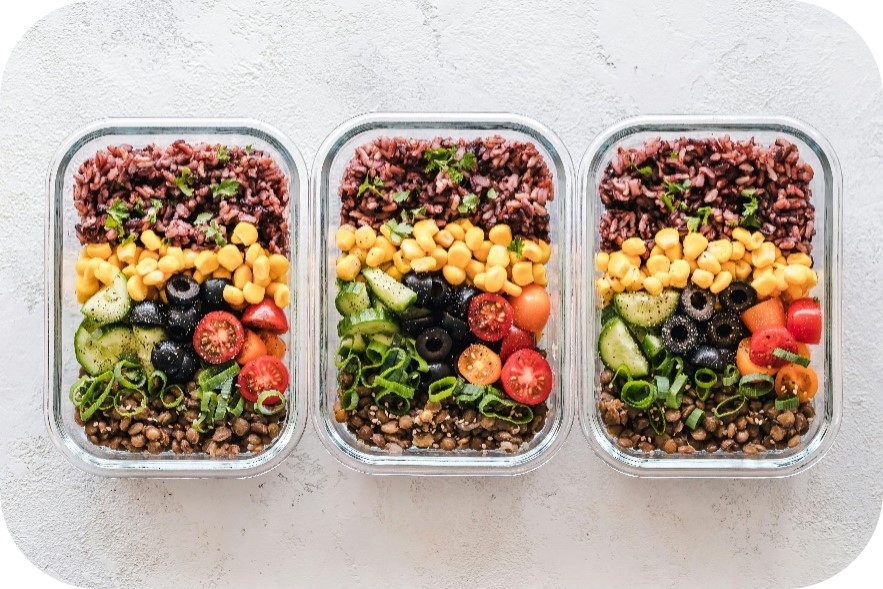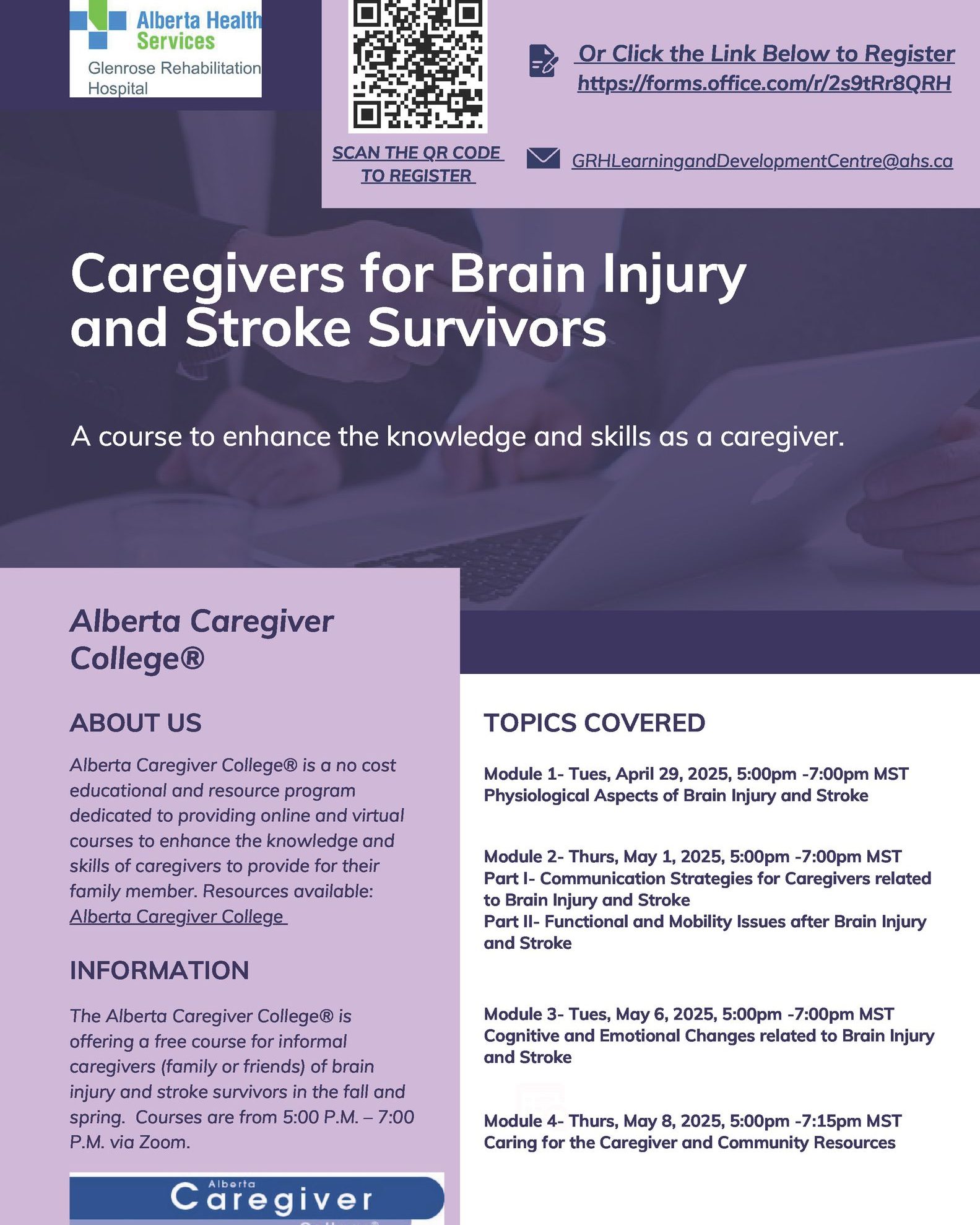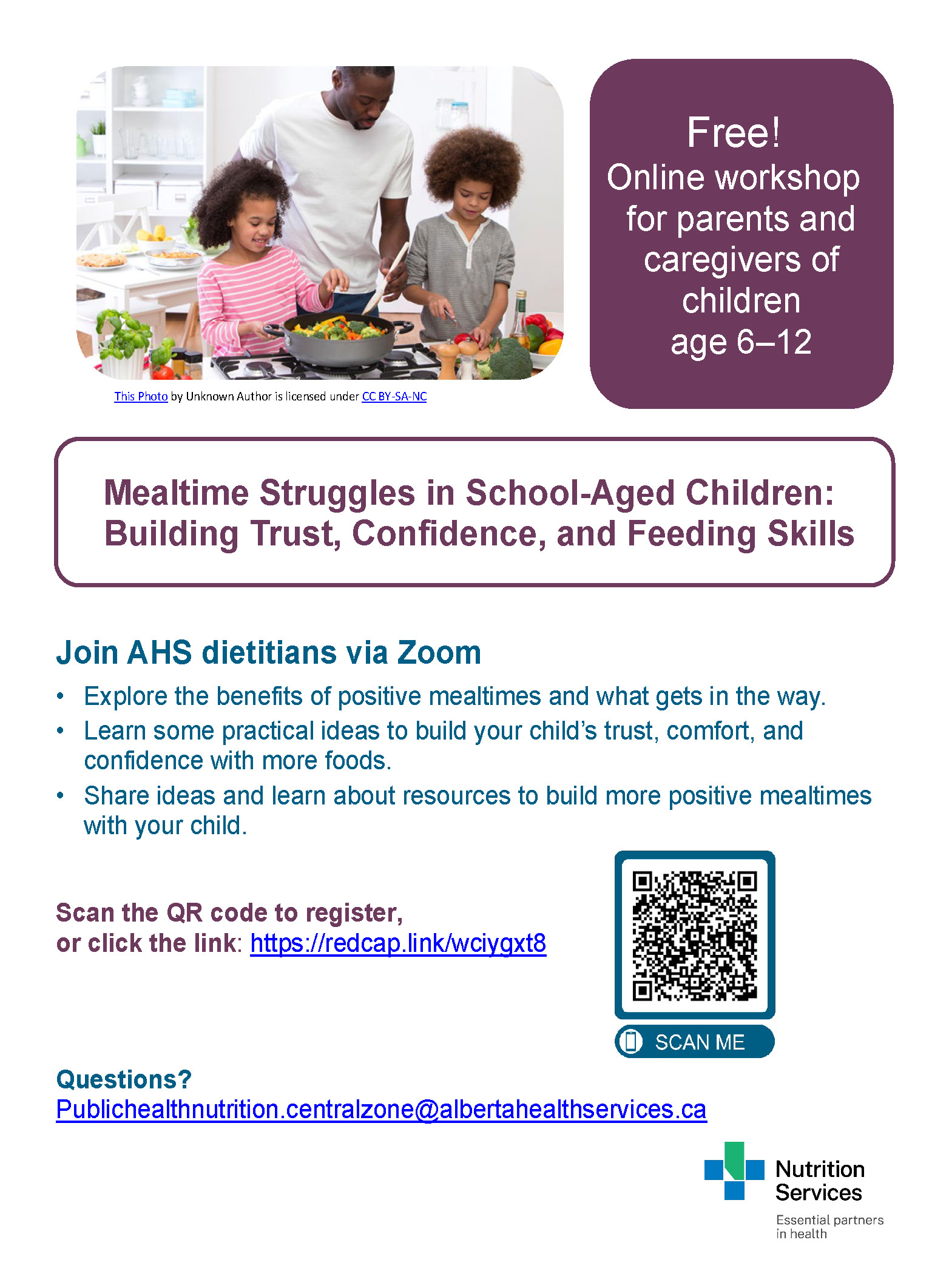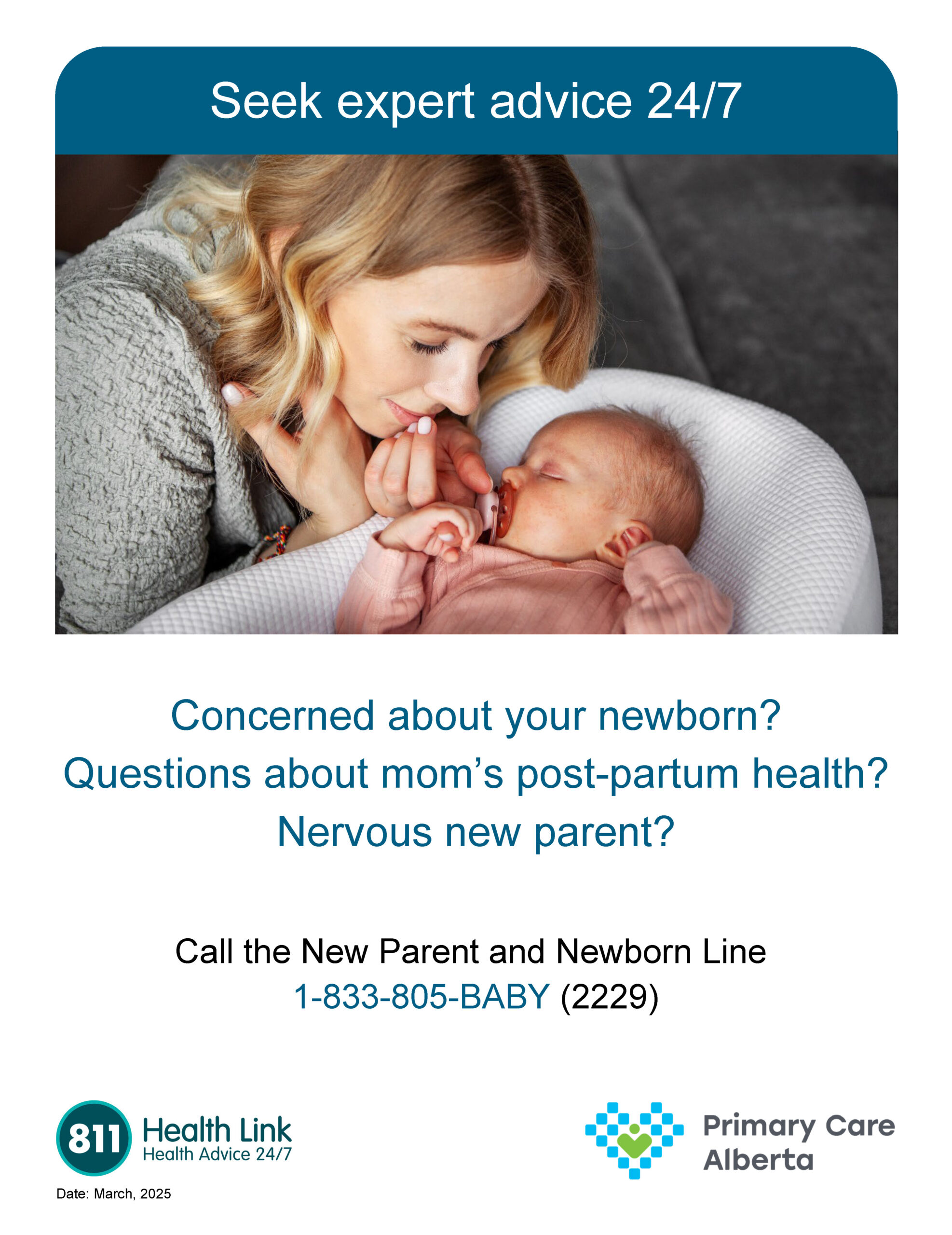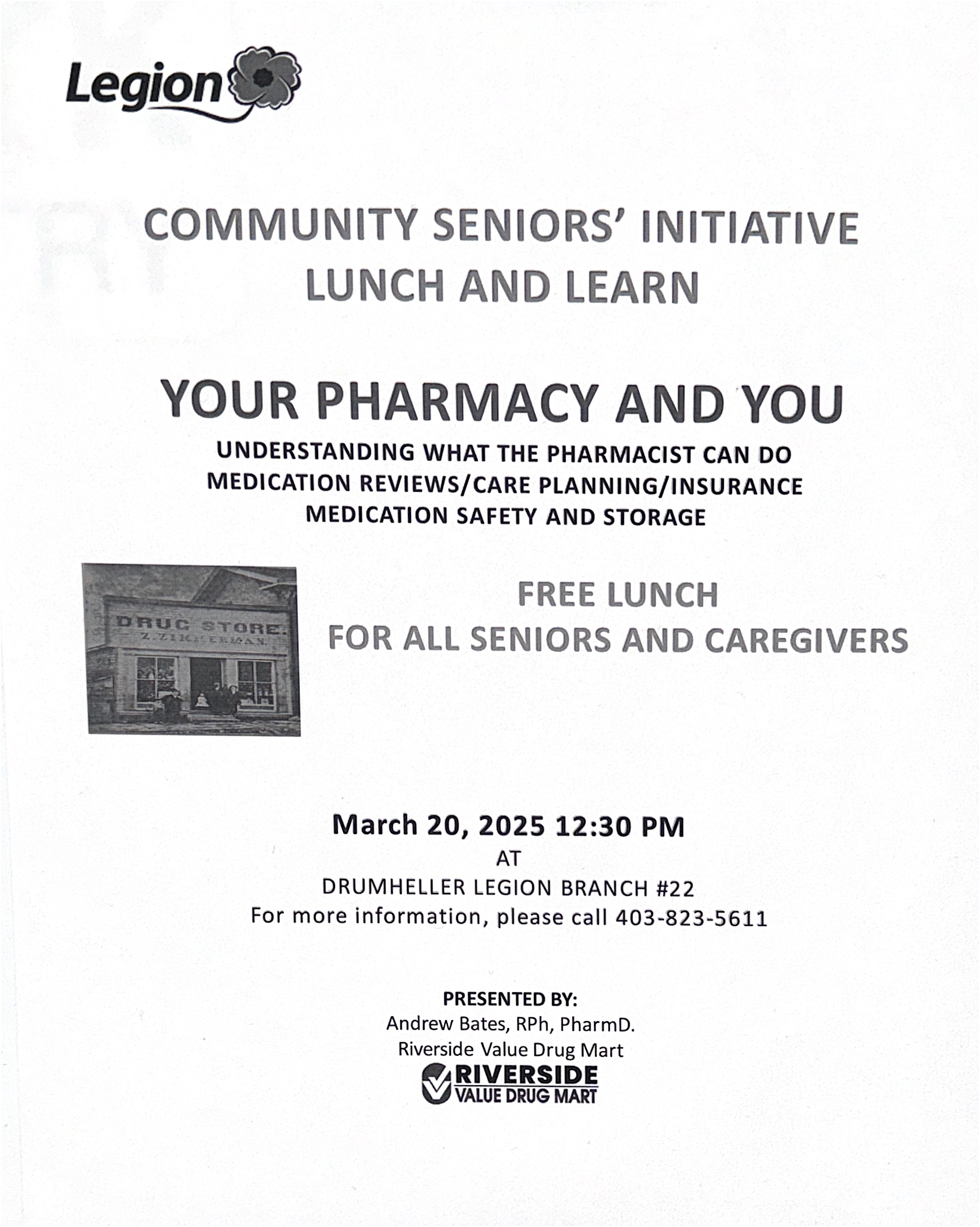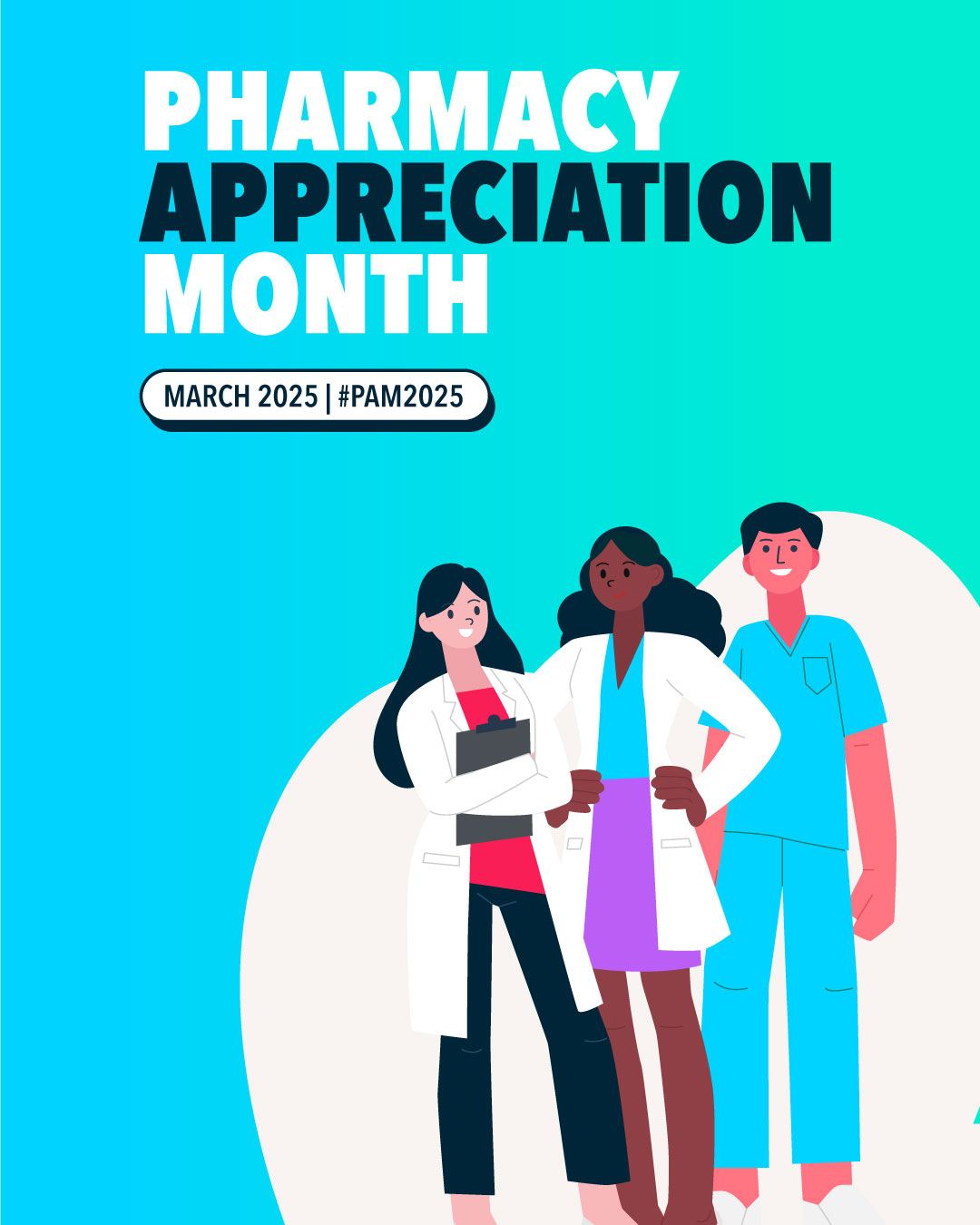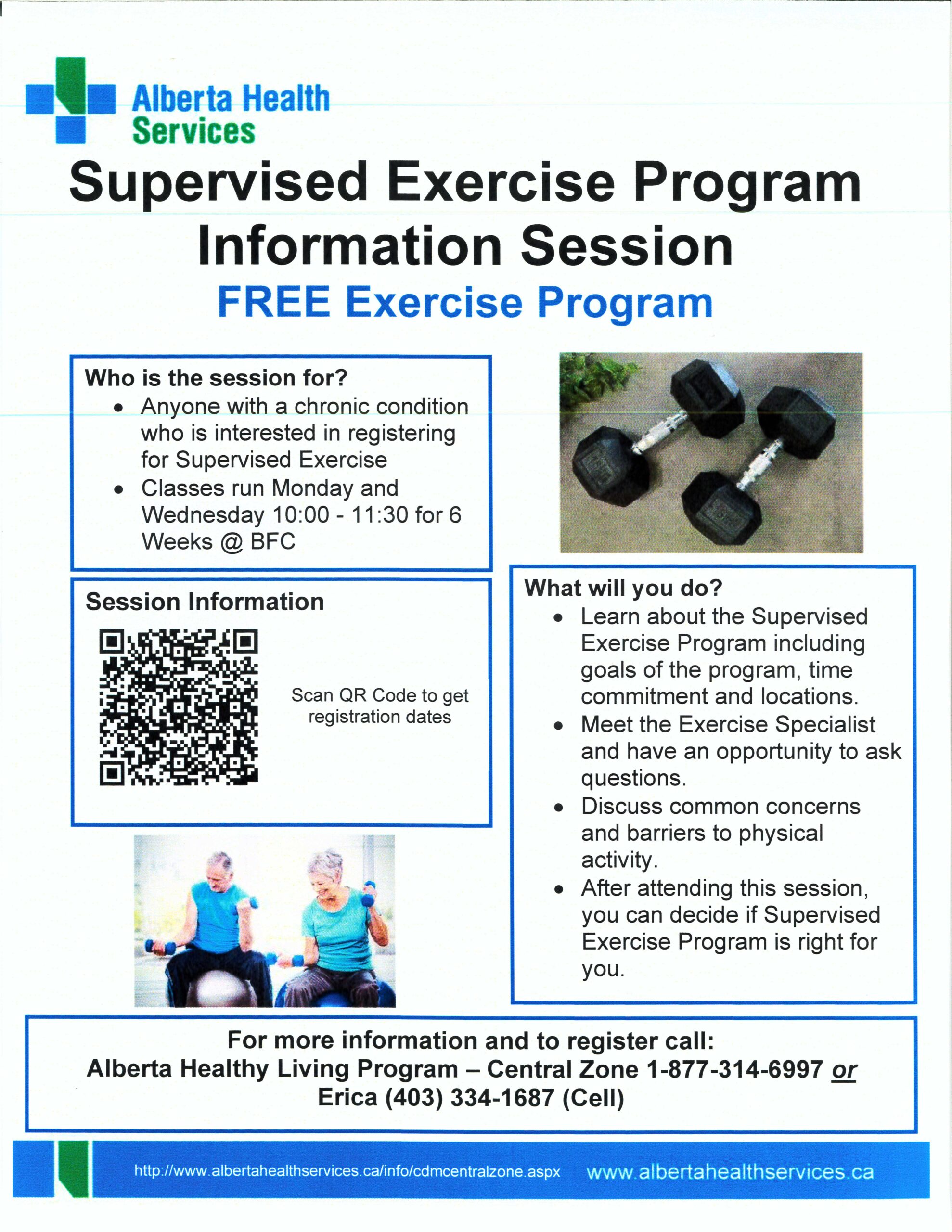Getting Your Gut On Track
Gut microbiome is the community of microbes (bacteria) that live in your colon that influences your health.
There are many foods that support a healthy gut microbiome which is linked to better overall mental and physical health.
– Whole plant foods should make up the majority of what you eat: vegetables, fruits, whole grains, beans, legumes and nuts that have undergone limited processing. A variety of whole plant foods has been shown to help improve feeling of fullness and can help your body to be more sensitive to the insulin.
– Protein foods to support gut health are plant-based protein foods and fatty fish. Examples of plant-based protein foods are kidney beans, chickpeas and lentils, nuts like walnuts or almonds and fatty fish like Arctic char, mackerel, herring, salmon, sardines and trout. Beans and nuts contain fibre, and phytochemicals (plant chemicals) which can help to increase the helpful gut microbes. Fatty fish has omega-3 fatty acids which help lower inflammation.
– Fermented dairy foods that have live bacteria (like kefir and yogurt) can increase the good bacteria in the gut microbiome.
– Low fat milk, yogurt, and kefir with little or no added sugar and lower milk fat, lower fat dairy (2% M.F. or less) is recommended over higher fat dairy foods like cheese because they are lower in saturated fat. Saturated fat is linked to inflammation
– Limit red meat: Small amounts of lean red meat can be included in a healthy eating pattern, as red meat has many nutrients including protein. It is recommended to be included in smaller amounts because it can contribute to inflammation.
– Avoid processed meat: Avoid or minimize them because the curing agents in processed meats contribute to cancer forming compounds when they are digested by gut microbes.
– Try a Mediterranean style of eating – it has been shown to help support a healthy gut microbiome. It includes lots of vegetables, fruits, beans, peas, lentils, fish, nuts, and olive oil. If you are looking for practical ways to eat in a way to support a healthy gut microbiome, visit ahs.ca/nutritionhandouts and search for Mediterranean Style of Eating.
AHS Wellness Article

